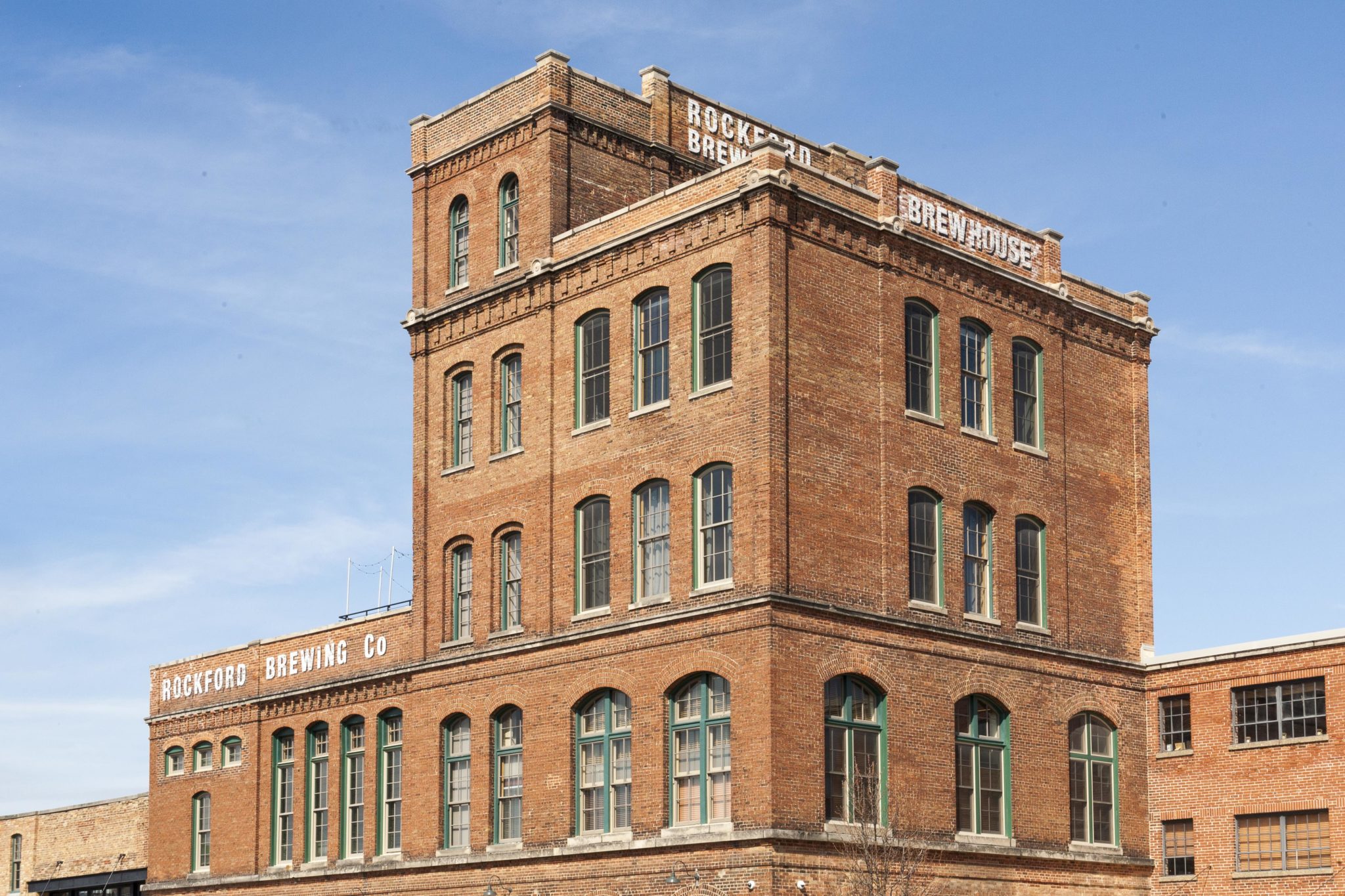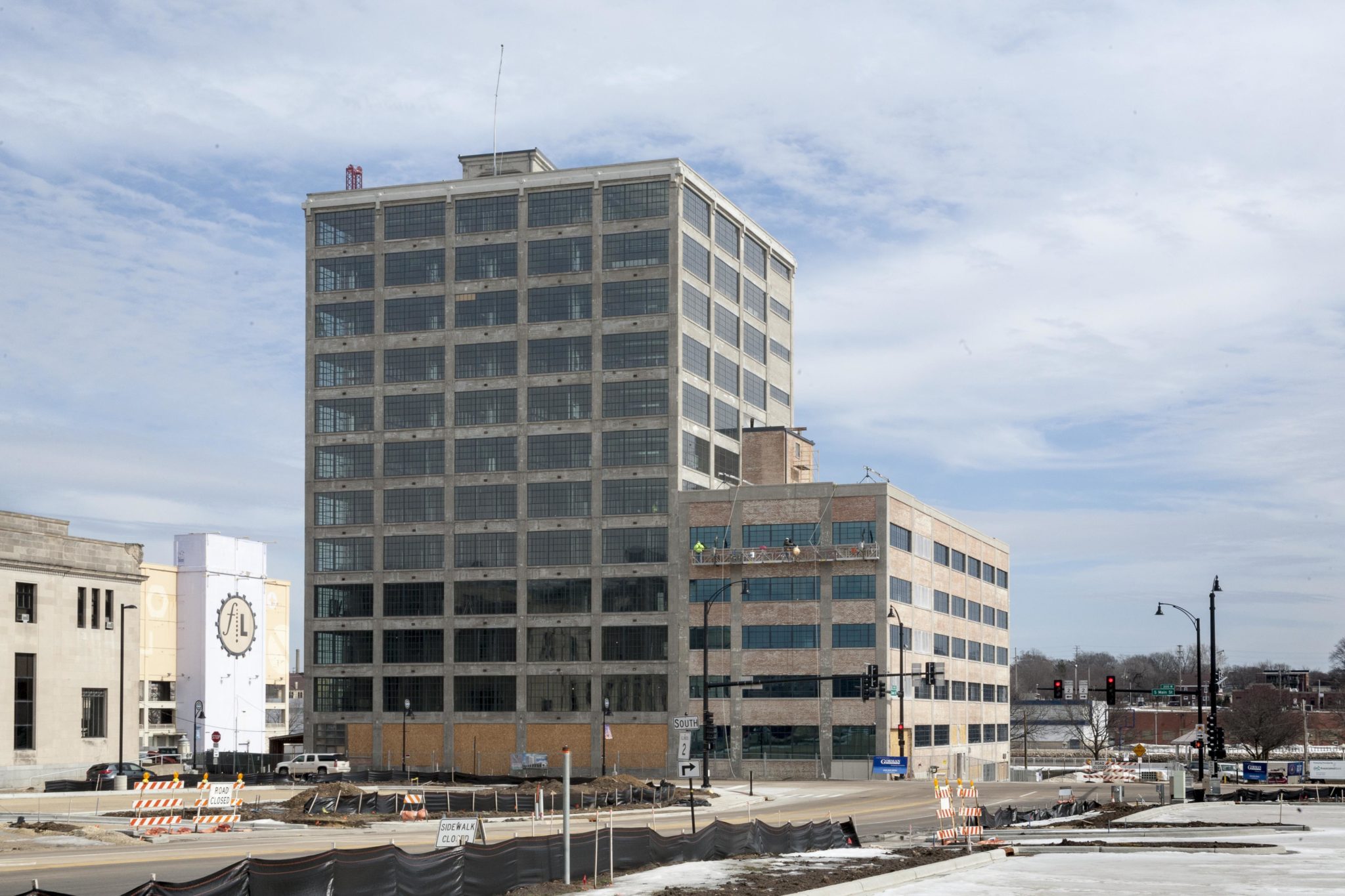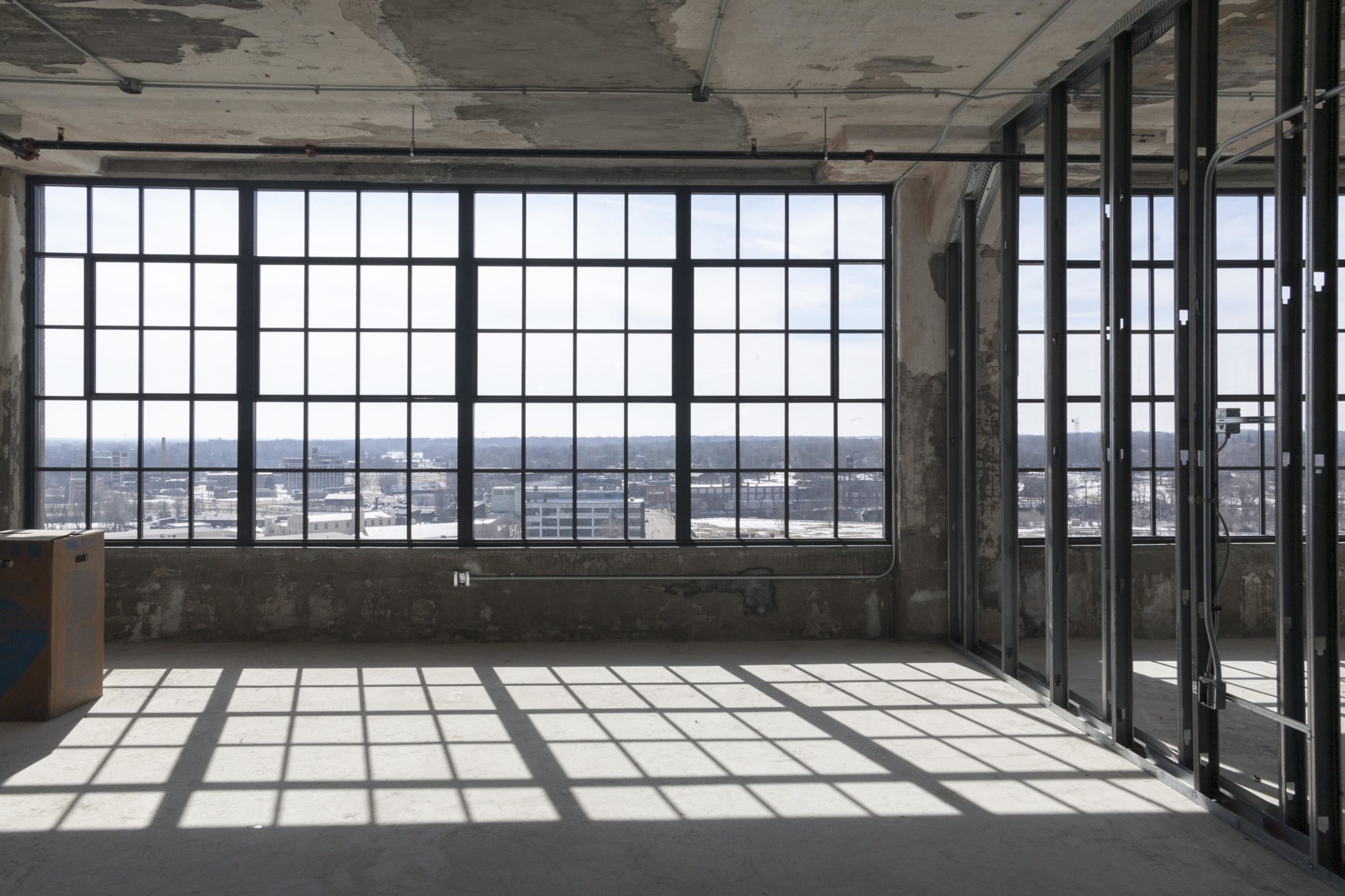Historic Significance
The Federal Historic Tax Credit is a vital incentive in encouraging the reuse and rehabilitation of historic buildings throughout the nation. Initially enacted in 1978 and made permanent in the tax code in 1986, the Historic Tax Credit is administered by the National Park Service and IRS in conjunction with the State Historic Preservation Offices. The 20 percent income tax credit is available for the rehabilitation of historic, income-producing buildings.
The Federal Historic Tax Credit has been used to help finance the reuse, rehabilitation and preservation of schools, warehouses, factories, retail stores, apartments, hotels and office buildings throughout the country. It enables projects that may not be economically feasible otherwise, attracting private capital—$120.8 billion nationwide since inception—to revitalize often abandoned and underperforming properties.
From 2002 to 2015 alone, Illinois was awarded $509 million in Federal Historic Tax Credits. By 2017, the 253 projects completed with these credits statewide had leveraged over $2.5 million in historic redevelopment, an estimated $3 billion in total development and created approximately 40,000 jobs (17,000 construction jobs and 23,000 permanent positions). Historic rehabilitation greatly outperforms new construction in job creation, with a higher percentage of cost going to labor versus materials. In addition to hiring local labor, historic rehabilitation materials are more likely to be purchased locally. As a result, approximately 75 percent of the economic benefits of these projects remain in the communities where these buildings are located.
In addition to revitalizing communities and spurring economic growth throughout the nation, the FHTC returns more to the Treasury than it costs by generating new tax revenues. The Treasury receives $1.20-$1.25 in tax revenue for every $1 invested. According to a study by the National Park Service, since inception, $23.1 billion in federal historic tax credits have generated more than $28.1 billion in federal tax revenue from historic rehabilitation projects.
(Photo: Prairie Street Brewing Company, Rockford. Example of a completed Illinois preservation project that used the tax credit. credit: Liz Chilsen)




